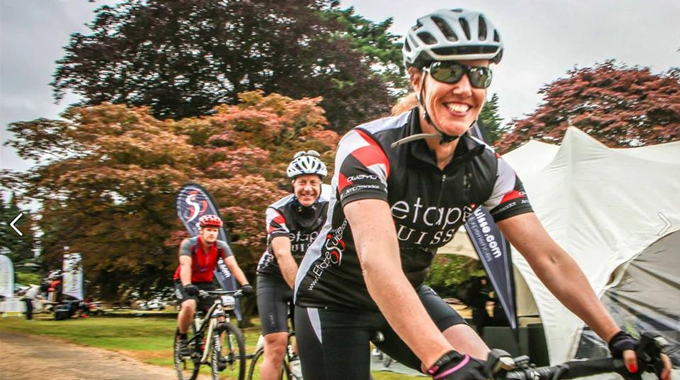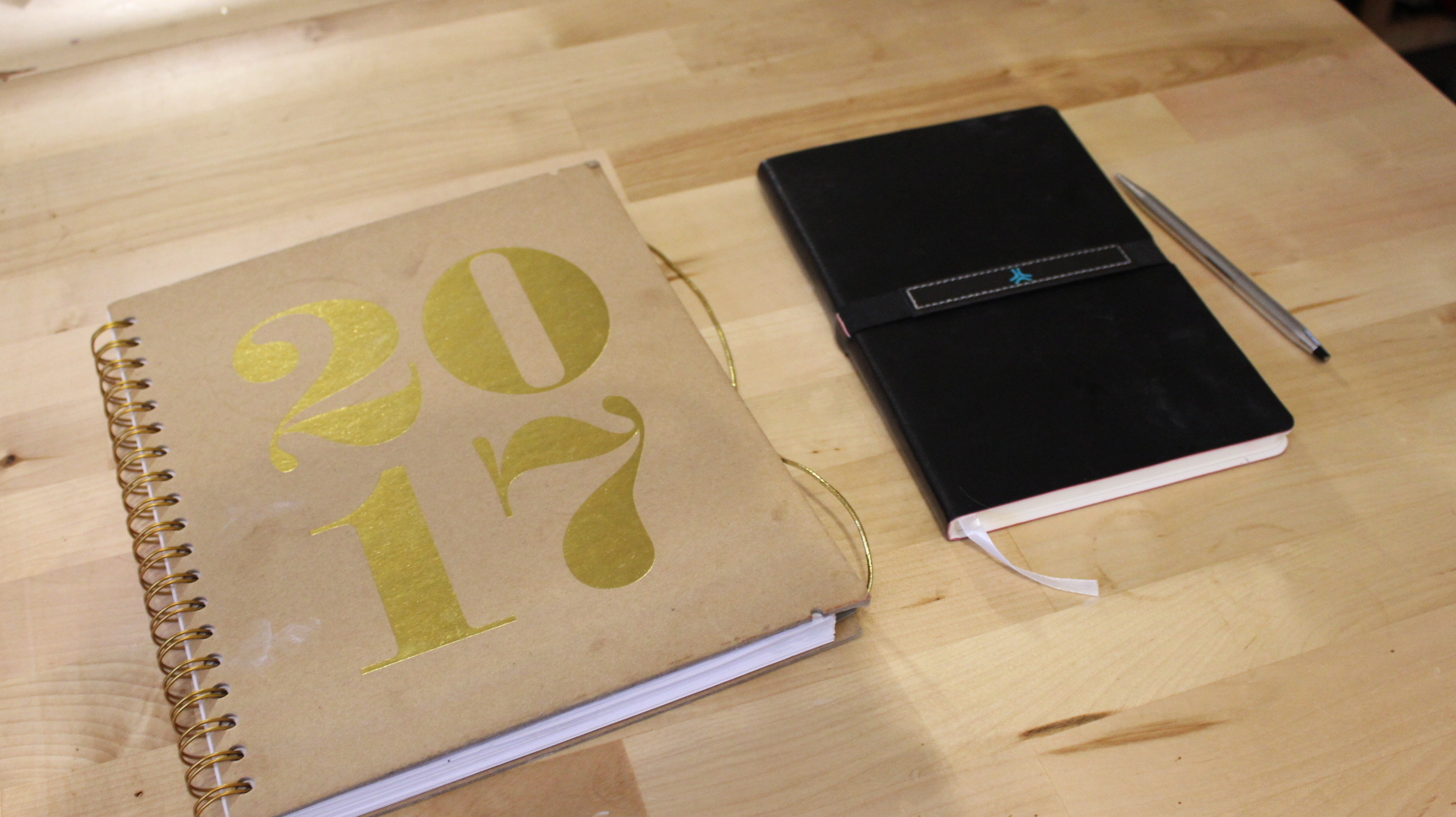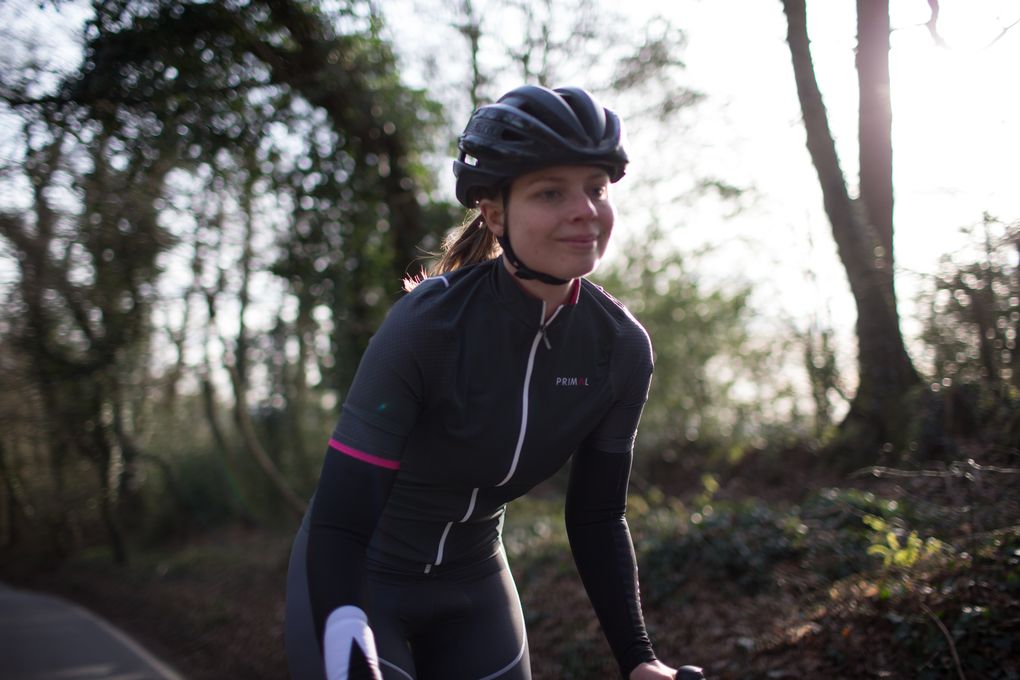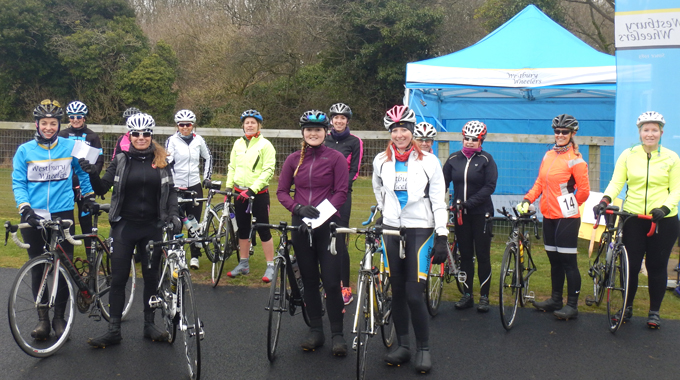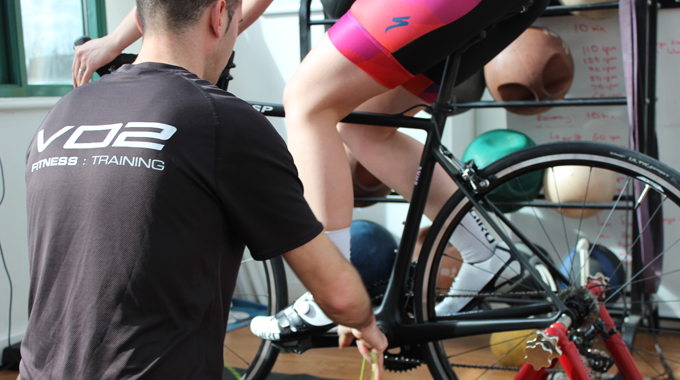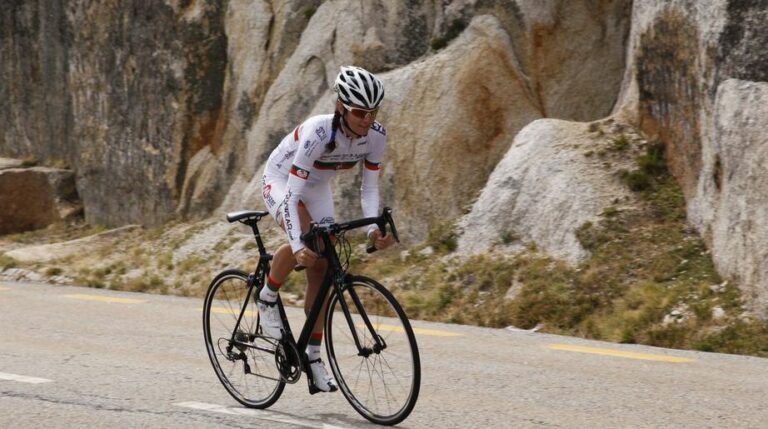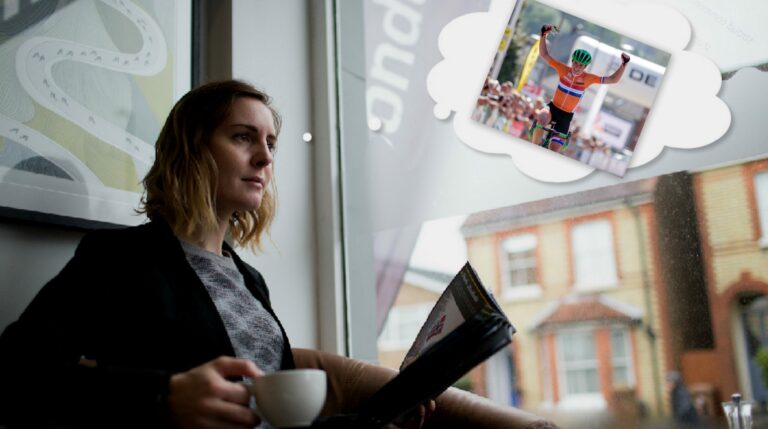Negative thinking is an epidemic in women’s cycling. We’ve got evidence: British Cycling tell us their independent research shows fear of not fitting in and lack of confidence are the greatest factors putting women off challenge rides. Sport England tell us fear of looking bad puts women off exercise. And at Total Women’s Cycling, our article on reversing negative thoughts was our second most read piece of editorial in 2016 (number one was about saddles).
Being able to say we have a problem is one thing – but how to address it? We’ve been having weekly Sports Psychology sessions with consultant at Performance in Mind, Dr Josie Perry – to bring you simple and practical advice on using the cognitive techniques of the discipline to improve your riding, and enjoyment of two wheels.
This week, Dr Perry put a specific focus on one technique that is particularly useful in this case: reframing.
Elsewhere in the series:
The Sports Psychology of: Setting Goals and Achieving Them
The Sports Psychology of: Beating ‘What If’ Worries
She explains: “We’re doing this exercise specifically because we talked about anxiety and lack of self-confidence initially. Reframing is a type of self-talk. It is picking out the negative thoughts you have, and asking how you can change that into something much more positive. It feels quite awkward to start with, because it’s so deliberate. It doesn’t just happen naturally, you have to consciously force yourself.”
“If you heard someone say these things to somebody else you’d be furious, but we do it to ourselves.”
Dr Perry explains that negative thinking is generally more common in women, so we can usually benefit more from reframing – she says: “I find particularly for women, we often have a lot of things going around in our heads that we tell ourselves all the time – that we’d never even dream of saying to anyone else. It can be quite destructive and quite negative. If you heard someone say these things to somebody else you’d be furious, but we do it to ourselves.”
Sound familiar? Then it’s time to force those thoughts to flip 180 degrees. Dr Perry explains that the best way to address these issues is to keep a record of negative thoughts, and then attack them in one go initially. With regard to cycling and training, she says: “The best way to do this is, usually over a couple of weeks, every time you’ve ridden with a group, trained or raced, write down any negative thoughts you found yourself having. That can be beforehand, such as ‘I’m too slow to be here’ or ‘I don’t fit in’, ‘I’m useless and have been overtaken again’. Then, collate them all and force yourself to look through them in one go.”
Starting with a long list of negative thoughts from a week of training will help to highlight common patterns – Dr Perry says: “One thing this does is show you where there are themes that are clearly bothering you – such as comparing yourself to other people, or what other people might be thinking of you. Sometimes it might be that someone doesn’t feel they deserve to ride with the people they’re riding with – you can spot a wider issue to work on. You can also very consciously force yourself to start thinking much more positively.”
